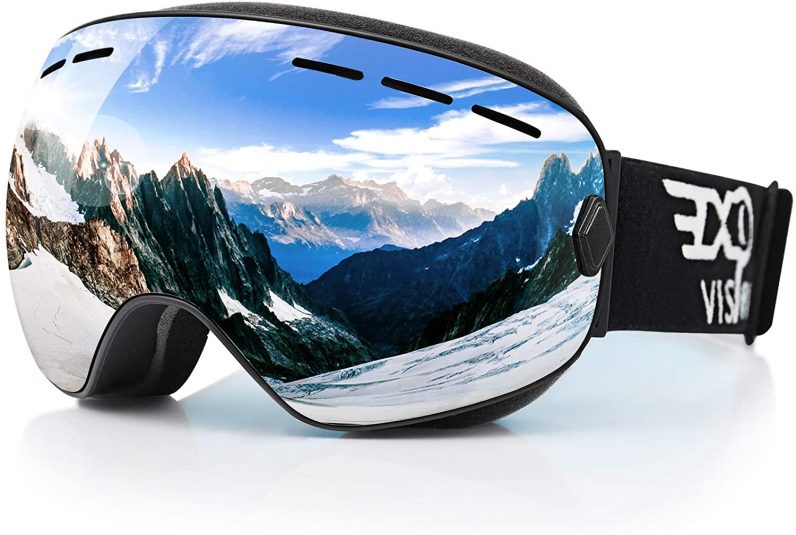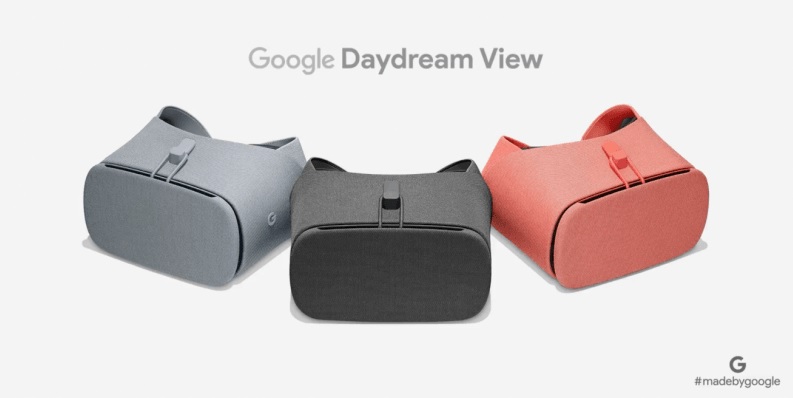In this story, we’ll look at what to expect from this new device, and Google’s history with headsets.
What will the device be like?
The Verge’s report notes that Project Iris will be reminiscent of ski goggles and won’t require any tethering to a power source, such as a phone or a PC. Here’s a picture of a pair of ski goggles below — and I quite like the look of AR glasses like that. The new device will have outward-facing cameras to merge real footage and computer-generated effects seamlessly — so this is more of a mixed reality device, rather than an augmented reality effort. Google’s new glasses could be a close cousin to Microsoft’s HoloLens and Apple’s upcoming MR headset. Google is also aiming to process a large amount of data in the cloud, rather than relying on the device’s processor to battle power and battery constraints.
Who’s working on it?
Last month, 9t5oGoogle reported that the tech giant is working on a new AR-based operating system with former Oculus executive Mark Lucovsky. Google is hiring aggressively in this area, with more than 15 jobs posted — in the field of the camera, sensors, graphics, and display — in just the last week. Clay Bavor, the executive overseeing this project, was promoted to VP of Labs in November — a division that also handles Project Starline holographic call tech and Area 120 incubator. Paul Greco, Magic Leap’s CTO just joined Google to work on this endeavor. Notably, the company has a bunch of executives from North — an AR glasses startup it acquired in 2020. The Verge’s report noted while the Pixel team is heavily involved in the project, there’s no detail on whether the device will get Pixel branding on launch. It also highlighted that more than 300 people are working in the core team currently. Given increased job openings, that number is likely to rise.
Google’s history of headsets
While Google is putting all its might and workforce behind this, it has to take lessons from its Google Glasses and Daydream project. The former was first announced with much fanfare in 2012, with a $1,500 ‘explorer edition’ released the next year. Two years later, the explorer program was discontinued and Google shifted its focus towards building a solution for enterprise customers. In 2020, the company started selling the Google Glass Enterprise Edition 2 directly to corporate consumers. But we don’t have any sales numbers to indicate how successful the project was. While the Glass still exists in the corporate settings, privacy, and legal concerns, an astronomical price, and lack of clear use case it at its release made it an unsuitable product for the masses. In 2016, Google’s other project, Daydream, took a different direction with virtual reality. First, the company announced the platform, and later that year, it released a headset that used your phone as a display. In 2018, Google released a standalone $399 headset in partnership with Lenovo —but it fell flat against the $200 Oculus Go. A year later, Mountain View-based tech giant discontinued the Daydream project. In both instances, Google couldn’t get enough developers behind its projects to build lucrative applications. It also failed at marketing and launching these headsets at a price point to make them appealing impulse purchases. This time, it feels like Google is keen on building a solid base with a new operating system and technical experts who know their way around a headset. With all major tech companies working on releasing hardware in this area, consumers could soon be spoilt for choice. With all the pieces of the puzzle aligning, Google’s set to deliver a stellar product. After all, third time’s the charm.

